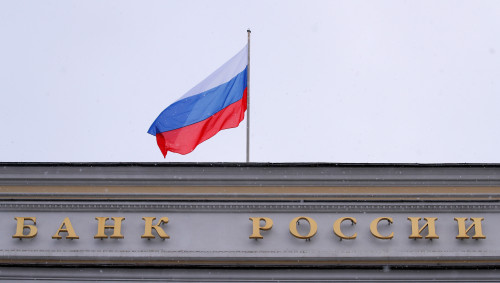
By Elena Fabrichnaya
ST PETERSBURG, Russia (Reuters) -The Russian central bank sees no risk of a looming crisis in the country’s banking system as rising bad debts are well covered by banks’ $100 billion in capital, Governor Elvira Nabiullina said on Thursday.
The share of bad and restructured loans in Russian banks’ portfolios has been rising, as more companies struggle to refinance their debts at interest rates that have jumped above 30% as a result of the central bank’s tight monetary policy.
Some economists and bankers have recently raised concerns about the health of the banking system in light of the growing share of bad debts. The last time the central bank had to bail out a major Russian bank was in 2017.
“Having full information about the banks, as the authority overseeing them, I can state with complete confidence that these concerns are absolutely unfounded,” Nabiullina told reporters.
“The banking system is well capitalized, despite the fact that this capital is unevenly distributed across the banking sector. The capital buffer is substantial at 8 trillion roubles ($101.18 billion),” Nabiullina said.
Russia’s second-largest bank, VTB, reported that the share of non-performing loans (NPLs) in its portfolio that have not been serviced for over 90 days reached 5% in May. During the financial turbulence of 2014-16, VTB’s share of such loans was as high as 10%.
VTB’s First Deputy CEO, Dmitry Pyanov, said the share of NPLs could rise to between 6% and 7% within the next few months, but stressed that this was still far from peak levels. VTB estimated the share of restructured corporate loans at 3%.
Nabiullina said the continued strong profits reported by the banking sector this year indicate that banks have not been forced to increase provisions to cover the rising share of bad loans.
“Banks are not significantly increasing provisions. If the share of bad loans were rising, the share of provisions would also increase, which would lead to a decrease in profits. But banks’ profits are comparable to last year’s,” she said.
The central bank introduced an additional requirement on provisions, called a “countercyclical buffer”, at 0.25% of total assets in February and raised it to 0.5% from July 1. It is considering a further increase to 1%.
($1 = 79.0705 roubles)
(Writing by Gleb BryanskiEditing by Gareth Jones)




